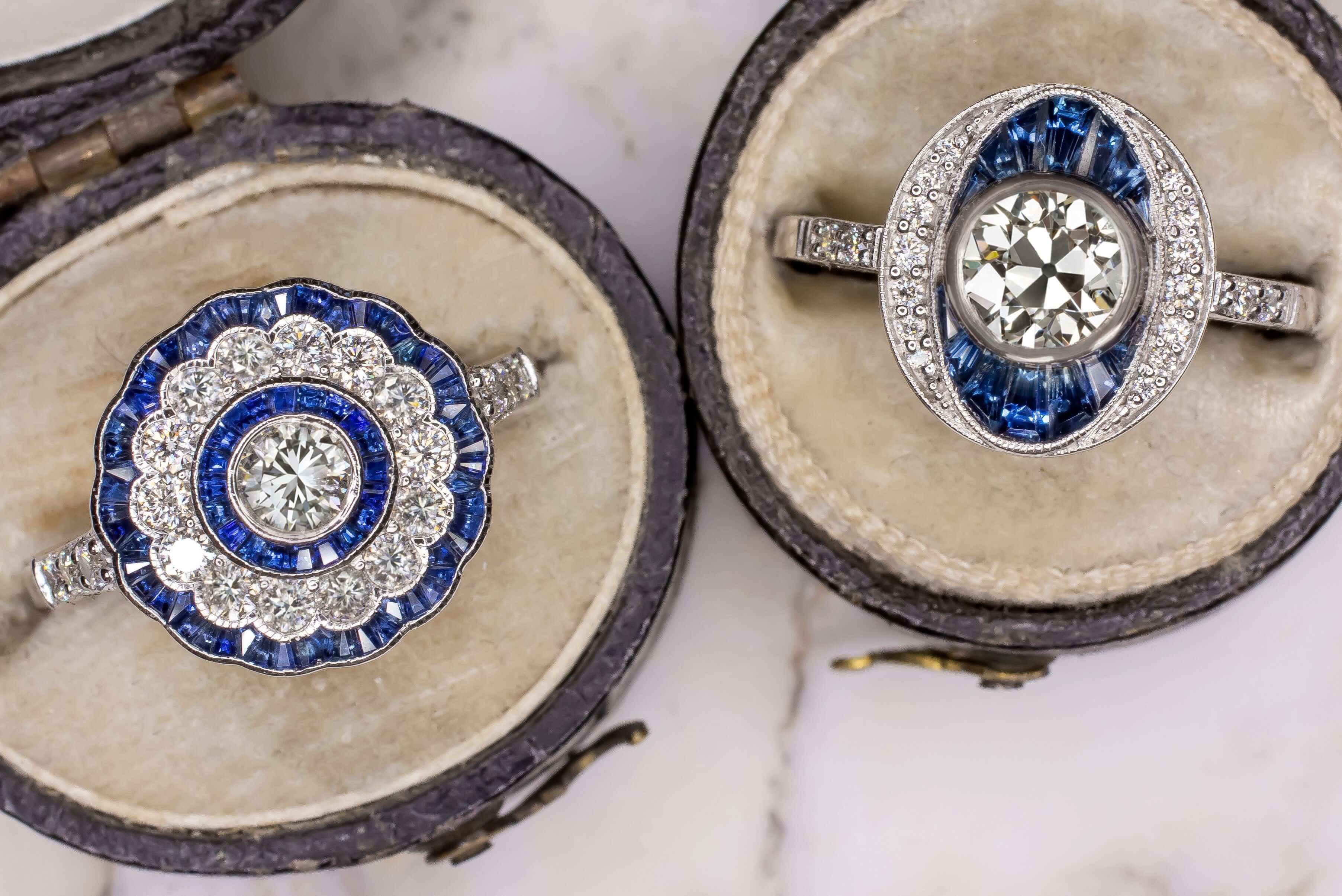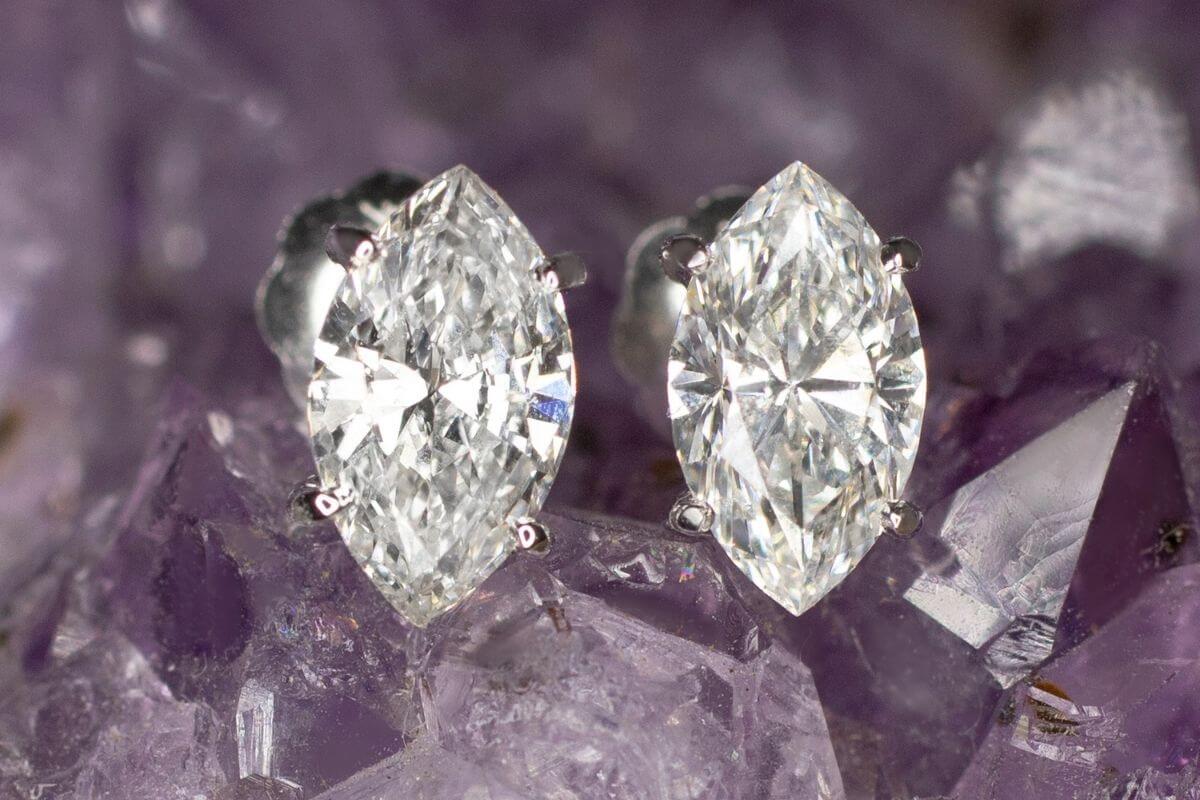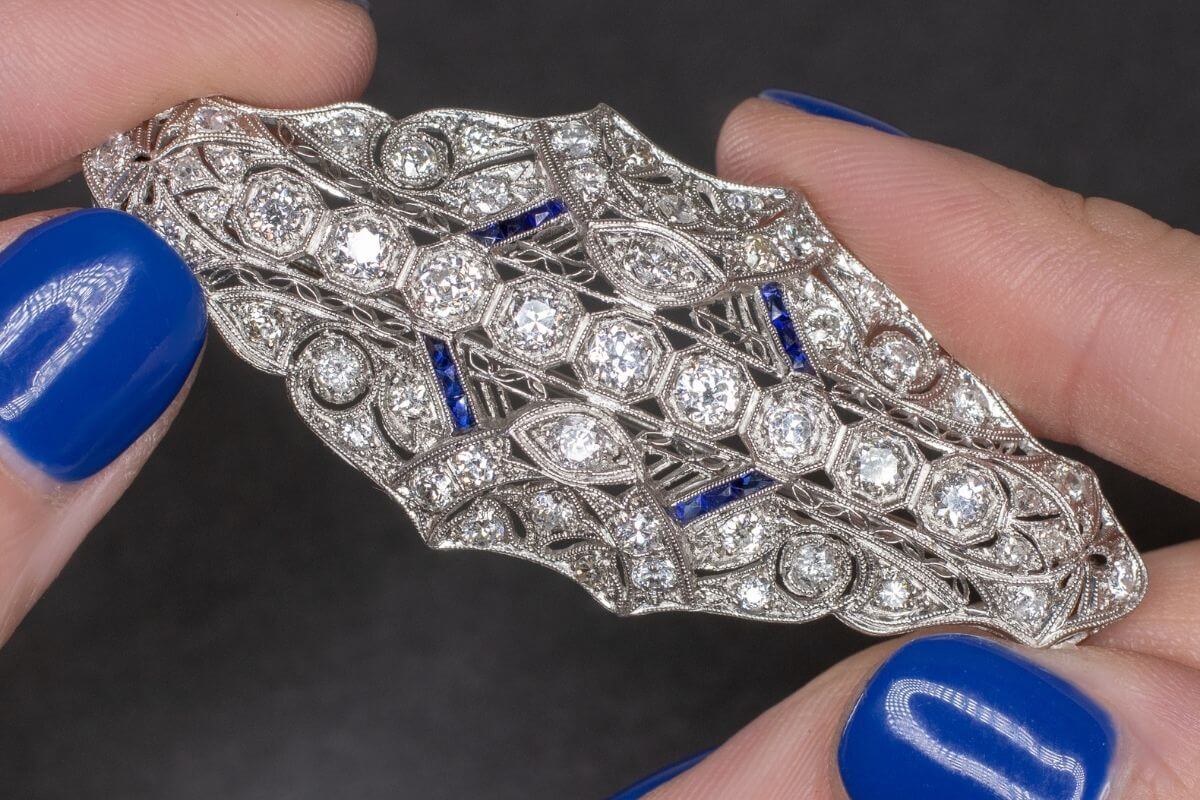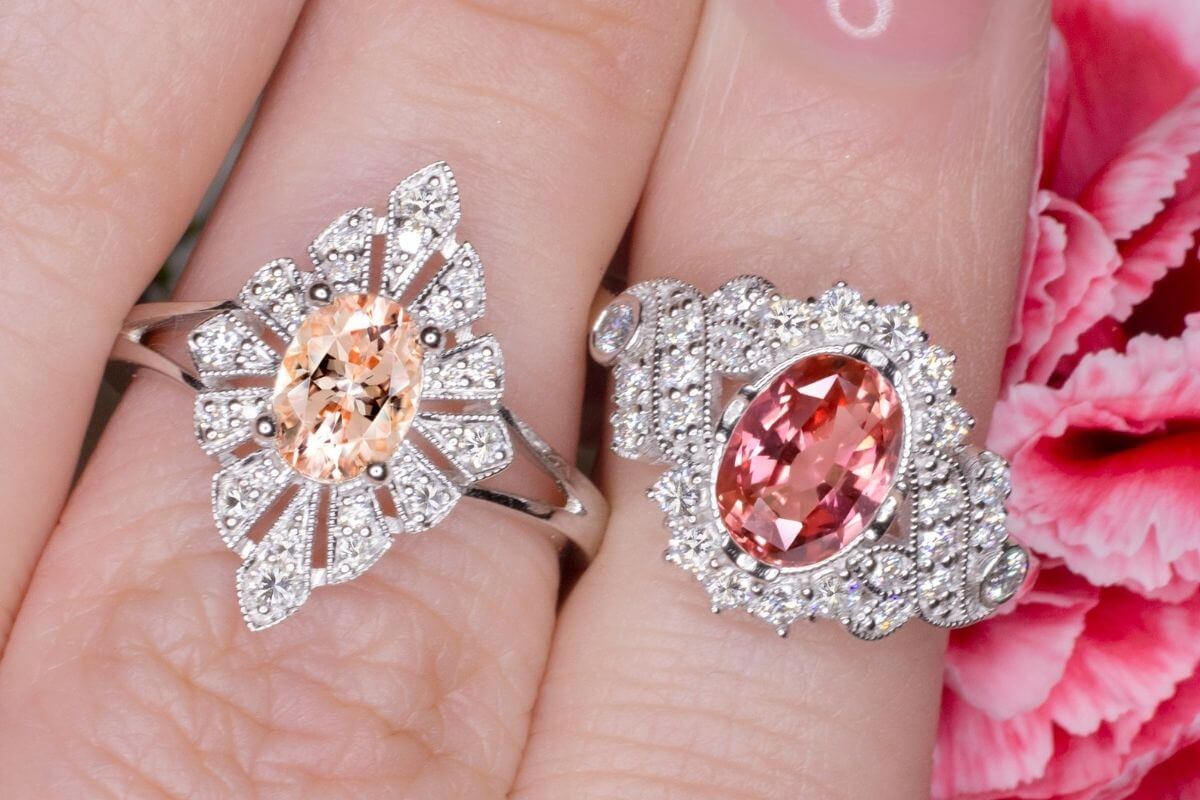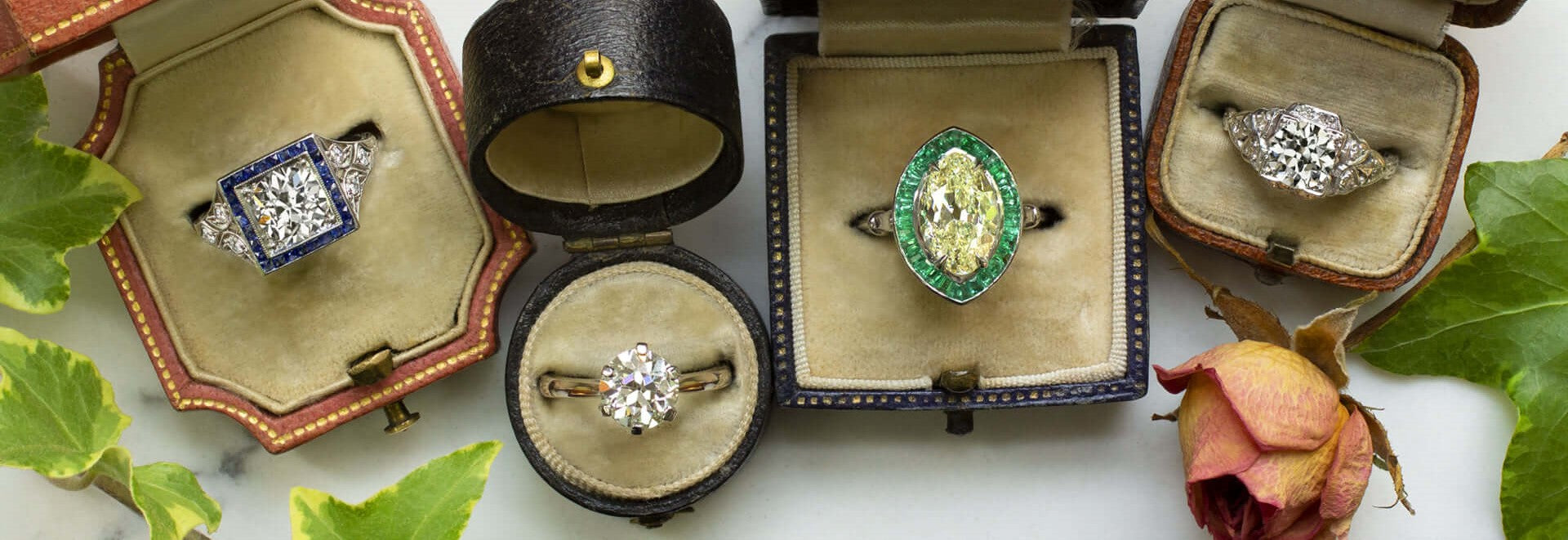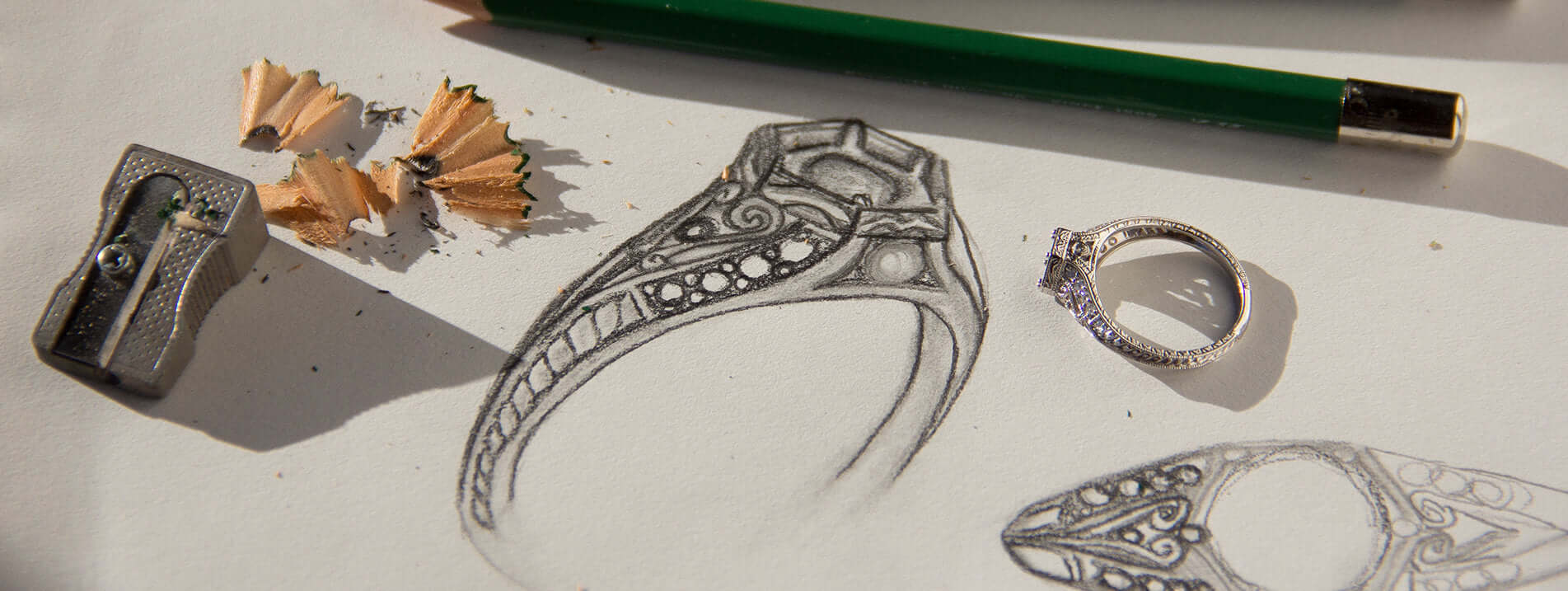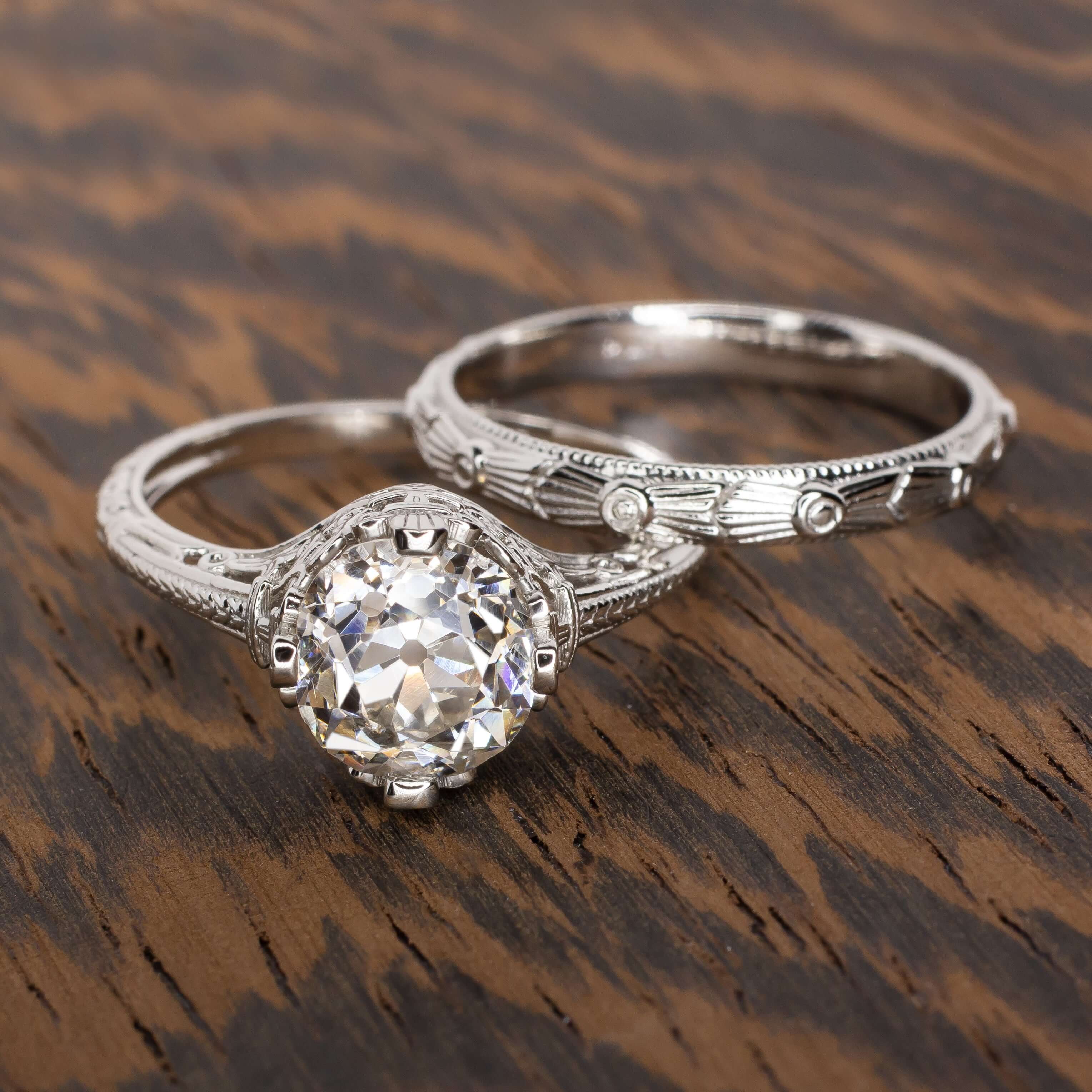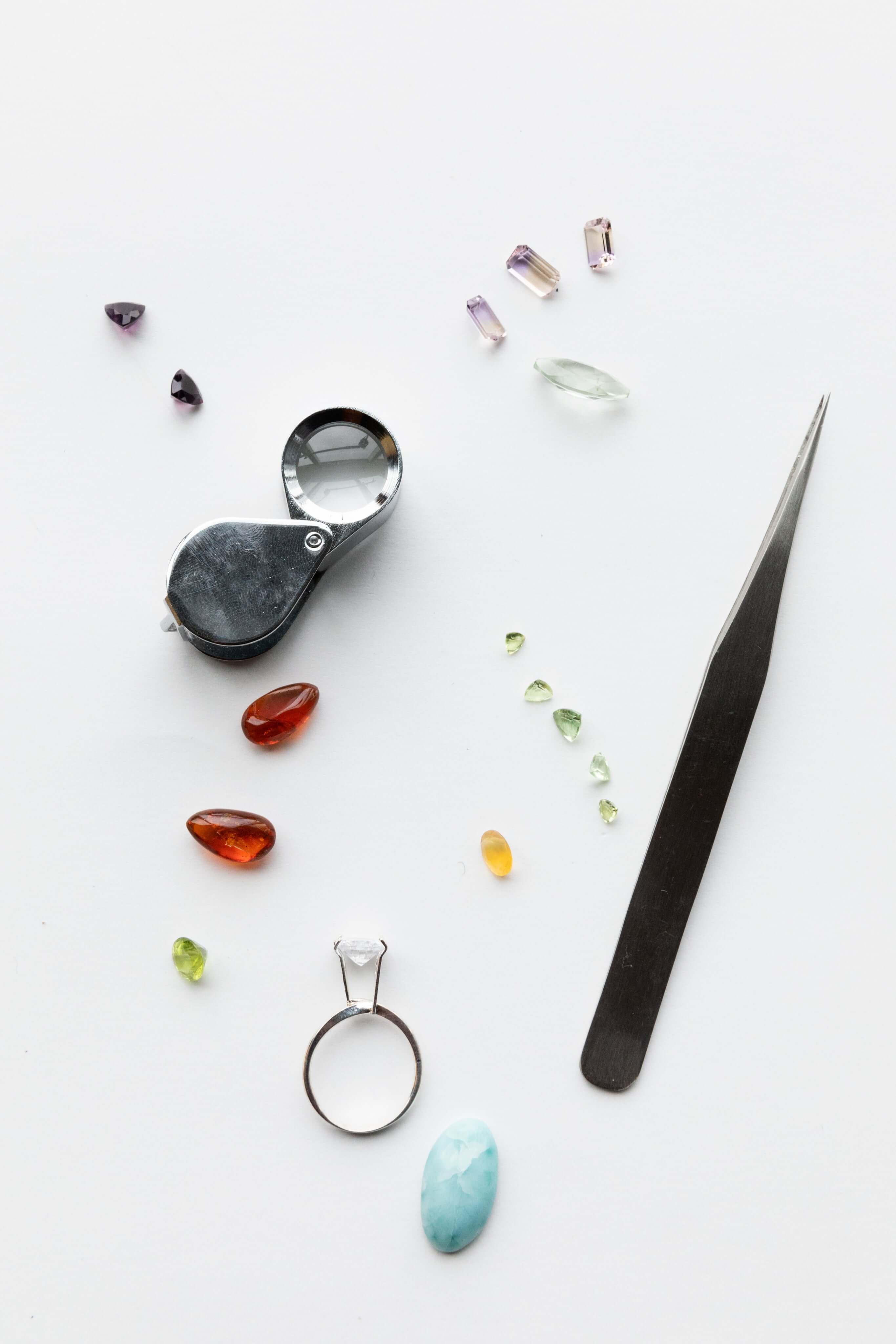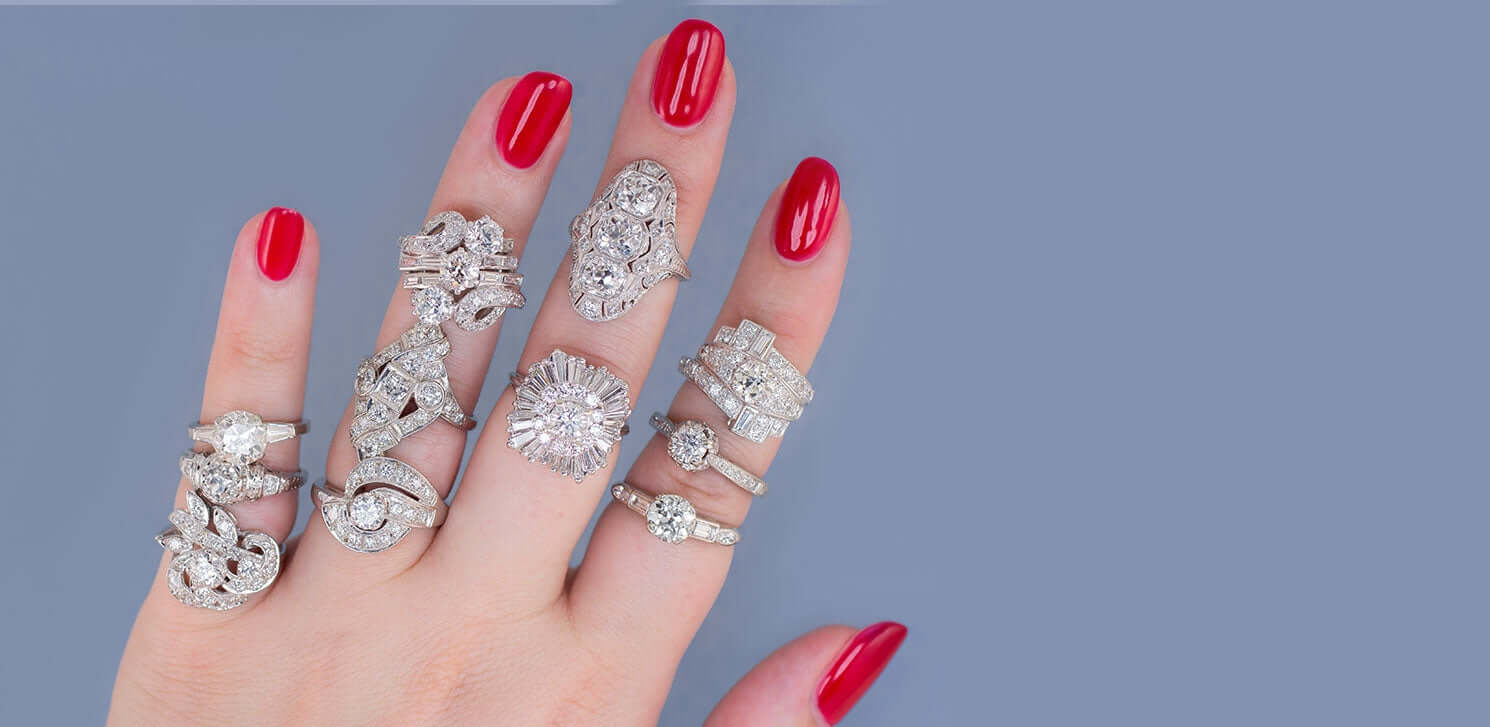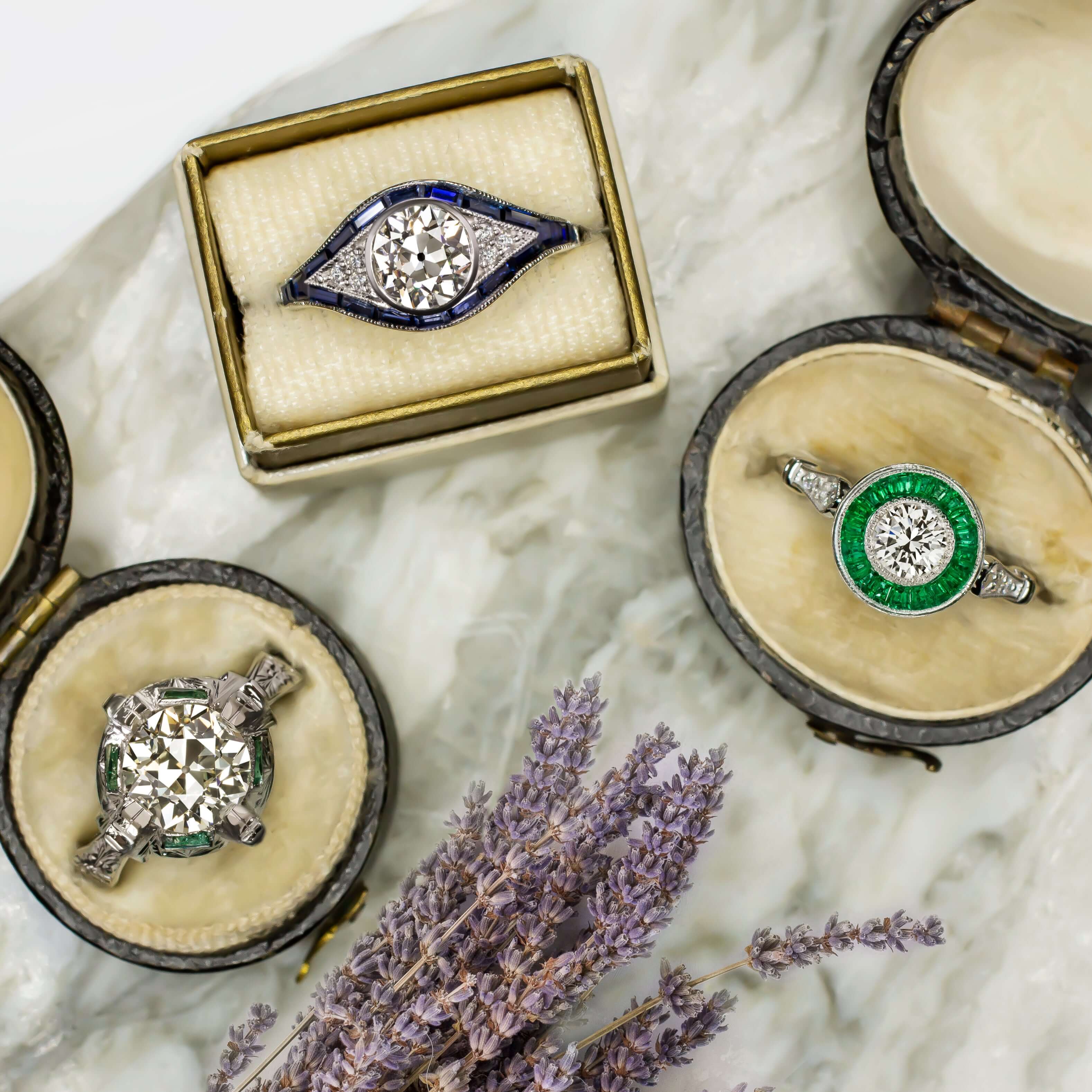Between annual maintenance visits to have your jewelry professionally cleaned and polished, this simple cleaning method with household products is all you need for monthly care of your jewelry.
Gather The Squad
Soft bristle toothbrush + gentle dish soap + tea ball + compressed air canister
Step 1 - Soak
Let the ring bathe in a cup of soapy water. Allow it to soak for a bit so the dish soap can get to work.
Use: Gentle Dish Soap
No need to seek out a giant jug of some commercial cleansing solution specific to jewelry, a pearl of the liquid dish soap from your kitchen counter (not to be confused with dishwasher detergent!) will be all you need to get started.
Liquid hand soap may sound like another practical option to clean jewelry since rings are worn on your hands. However, the moisturizers in hand soap can leave behind a filmy residue dulling the shine on polished metal, diamonds and gemstones. Moisturizing hand soap is great to use for clean soft skin but not so wonderful for achieving bright, sparkling jewelry at home.
Dish soap is already formulated to remove grease and residue. This makes it an excellent and inexpensive companion to take beyond the kitchen sink and becomes a very effective jewelry cleaning solution that’s already in your home. If you have especially sensitive skin, seek out an unscented or naturally fragranced soap to reduce irritation on your skin.
Step 2 - Brush
Wet the toothbrush bristles with the soapy water and brush all around the ring. Be sure to pay special attention to the back or underside of the ring (the part that touches your skin). Depending on how long it has been since the last cleaning or how much build up is on the ring, steps 1 and 2 may need to be repeated.
Use: Toothbrush
The humble toothbrush is the star of our squad. It's already designed to get those poppyseeds and spinach leaves out from between our teeth with ease, you can also use this ideal tool for cleaning jewelry at home. A soft bristle toothbrush is best for getting into all the nooks and crannies of your jewelry - behind any stones, between filigree scrolls and metal details while being gentle on delicate gemstones and antique metalwork.
After your next dentist visit, there’s no need to toss out your old toothbrush. It can be put to work cleaning jewelry! Kids toothbrushes are also great for jewelry cleaning since they have soft bristles and are already designed on a smaller scale to clean around little teeth!
You might want to have a dedicated second-hand toothbrush specifically for jewelry cleaning. Used toothbrushes are also great tools for cleaning other fine-detail areas of your house, but the abrasive cleaning agents that are awesome for keeping the kitchen and bathroom clean (vinegar, baking soda, commercial cleaners, etc) can be really harmful to your jewelry!
Step 3 - Rinse
Rinse the jewelry under cool running water until all the soap has been washed away.
Use: Tea Ball or Fine Mesh Strainer
How many stories have you heard about the frantic call to the plumber because a wedding ring fell down the drain? For some people, the fear of losing jewelry in the sink is enough to keep them from cleaning it at all on their own. Not to worry - it's tea time!
After a soothing mug of chamomile tea, you can use a tea ball strainer in the cleaning of your jewelry. This is especially helpful for smaller jewelry items such as rings, earrings and small pendants because the ball strainer has a hinged closure to keep these petite pieces securely inside as you rinse them under cool running water, clearing away debris and any soap lather.
A fine mesh strainer can also work well in lieu of a tea ball, especially for larger pieces of jewelry like necklaces and bracelets which would not fit inside of a tea ball strainer. However, a strainer that might be used for draining pasta has a wide open top and you’ll need to mind the pressure of any running water because your smaller jewelry could potentially jump out.
Step 4 - Dry
Securely hold the jewelry (within a tea ball strainer or using a microfiber cloth over your fingers) and spray away excess moisture with compressed air. Some moisture may still be present on the ring afterwards, but the jewelry is well on its way to being completely dry faster than air-drying alone.
There you have it! This cleaning method is easy enough to DIY with common household items to keep your jewelry bright and sparkling between annual cleaning and maintenance by a skilled jeweler.
Use: Compressed Air
Moisture is what attracts dust and dirt to get stuck on jewelry, so you’ll want to get the water off the jewelry after it's been rinsed so that it can stay clean.
- Don’t - use a fabric towel, facial tissue, shirt sleeve to dry this off as it can introduce fiber fuzz and other debris to the cleaned ring
- Do - find that canister of compressed air you use to clean out your computer keyboard and give your ring a great blowout!
You will want to use compressed air instead of a hair dryer though. We are looking for air pressure to blow any moisture away from the piece of jewelry, not a higher temperature. Blow dryers use heat to dry hair in addition to airflow, but the air pressure from a blow dryer is subpar compared to compressed air, which also has a better nozzle to focus the airflow on to specific areas of small jewelry.
Using a microfiber cloth to hold on to the ring can help prevent introducing finger prints or natural oils from your skin to the jewelry after it has been cleaned. Hold on tight!
If you're concerned about the ring flying away, you can use that tea ball again to ensure the ring’s safety in the same way as you did to rinse out the soap! First, be sure the tea ball is dry - you can use the compressed air to blow out any water from rinsing the ring in the previous step. Spray away! You can feel confident that your ring won't be lost in the wind.
The fine mesh strainer is not advised for holding smaller jewelry while spraying with compressed air as they can be propelled out of the open top of the strainer. These items are too light weight and have a tendency to become airborne if they are not well anchored in your fingers or inside of the mesh tea ball.

